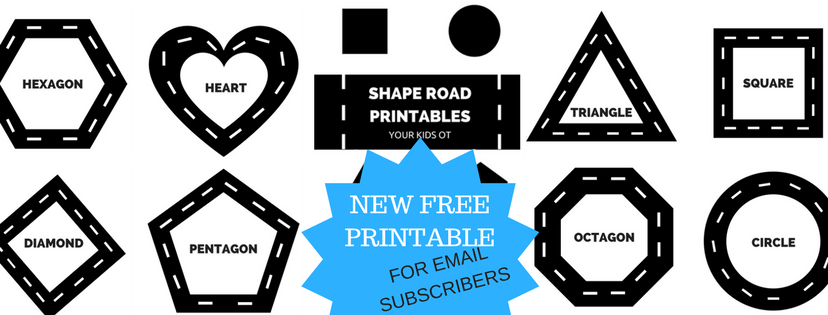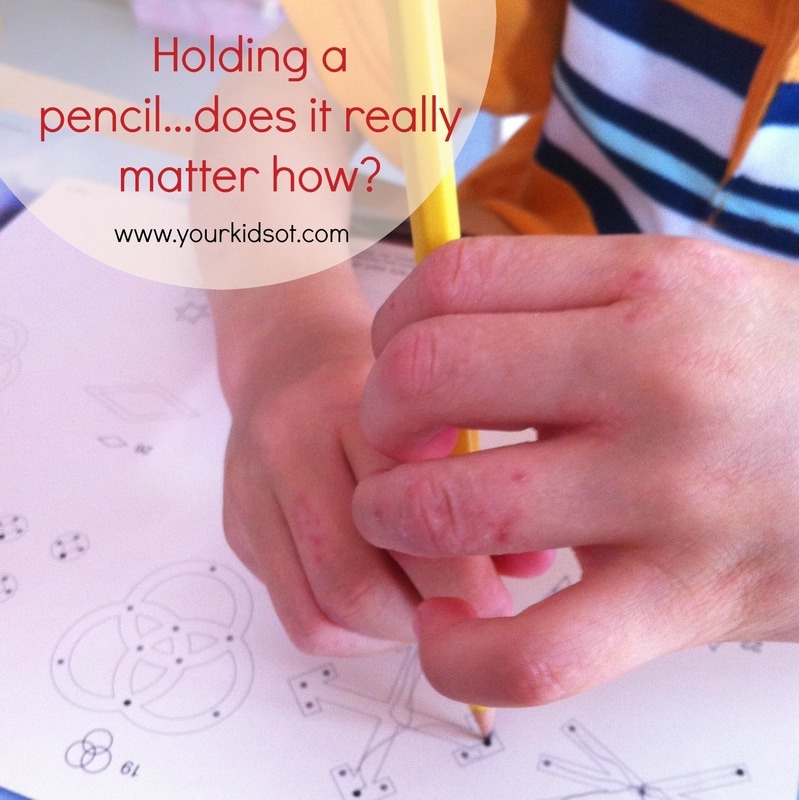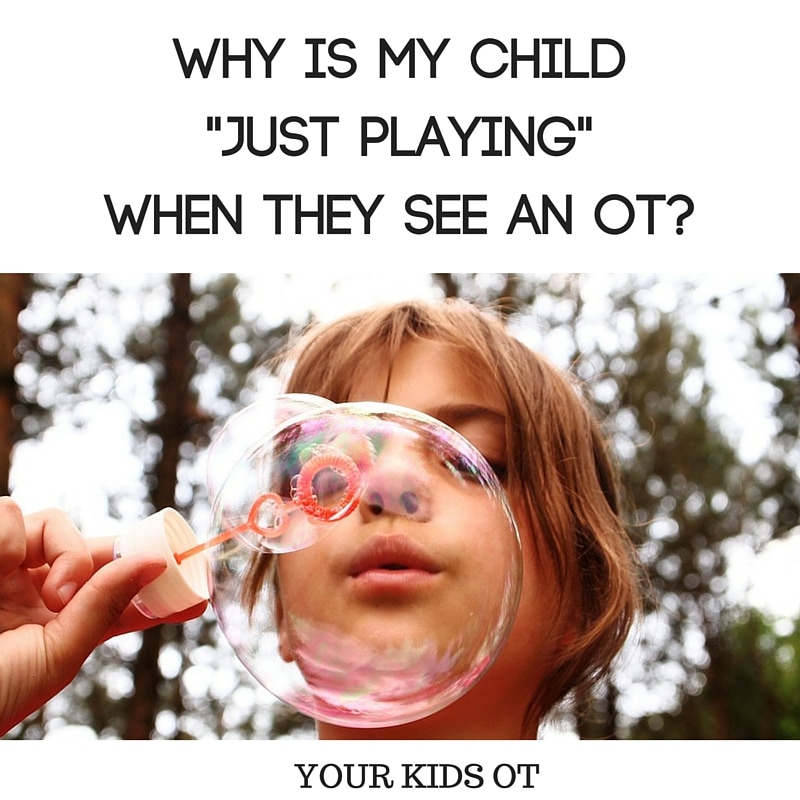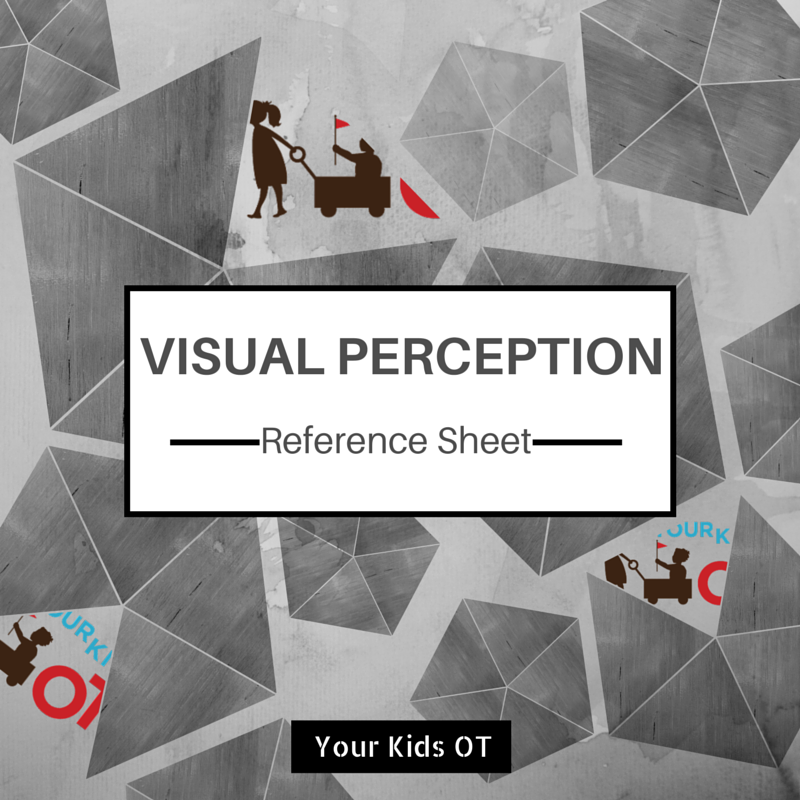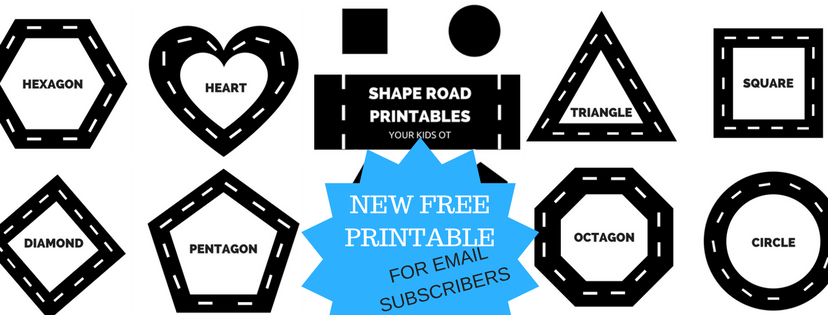|
Welcome to a new series called "Ask an OT"! Since starting this blog 18 months ago I have been asked lots of questions! Often these questions are repeated as parents are all grappling with issues related to raising kids. The most common question is "What does an OT do?" Well you can read about that in the "about me" section of this blog. As is the nature of this blog, all answers to "Ask an OT" are general in nature and do not replace an individual assessment and consultation with an Occupational Therapist. Today, I'm answering "Help! My child hates wearing socks and shoes!" This is a really common cry for help that I come across. The answer will depend on several factors. (1) Age - How old is your child? If they are a toddler or preschooler, then they may be getting used to this new expectation! Are the socks and shoes chosen easy for them to put on themselves or do they have complicated fastenings? Have you taught them how to hold open the socks to wiggle in toes, then pull up? Have you tried "anklet" socks if they are having trouble with longer socks? Here is a helpful tip for those learning how to match shoes to the left and right feet. (2) Disability - Does your child have a cognitive delay or a diagnosed disability such as Autism Spectrum Disorder? They may benefit from visual aids or a social story to help them to understand the expectation of when socks and shoes are to be worn. Avisual schedule may help your child to organised themselves to be "ready" with a daily routine. (3) Sensory Issues - Is this an issue about the feel of the socks/stockings/shoes on their feet? If this is an isolated issue relating to sensation then keep reading as these strategies may help. If your child is exhibiting other issues with sensory information (eg. intolerant to food textures, having difficulty with certain noises, constantly seeking movement, etc), then seek help from an Occupational Therapist for a full sensory processing evaluation. Our sense of touch is an important protective tool that we use to identify when something is sharp, hot, or may cause us harm. "Children with sensory over-responsivity (sometimes called "sensory defensiveness" respond to sensory messages more intensely, more quickly, and/or for a longer time than children with normal sensory responsivity". * This means that a sensation (in this case socks, stockings or shoes) may be perceived as "painful" and the child may have a "fright, flight, fight" response. "An individual with hypersensitivity to touch ortactile defensiveness appears to overreact to sensation that most people don't particularly notice, or at least are not bothered by". ** So what can you do? (a) Understand the problem and acknowledge your child's feelings. Your child will probably be exhibiting an emotional response to this problem as it is a frustration between an external expectation placed on them and the perceived "pain" they may be experiencing. You as a parent may also be experiencing an emotional response...acknowledge your child (and your) feelings. Reading this article will help you to understand the problem a bit further. (b) Prepare your child and their legs/feet. Often firm deep pressure can help to calm a child and override tactile irritation. > You could try a massaging (eg. with lotion) the legs and feet prior to wearing socks and shoes. > You could try "sandwiching" the child's legs between cushions or wrapping in a towel/blanket for a few minutes. > You could try a "heavy weight" such as a bag of rice or cuddle from a pet (under 5% of the child's body weight). > You could try "heavy work" such as jumping on a trampoline. (c) Modify the environment (ie. the socks/stocking/shoes). > You could try turning socks and stockings inside out so the seams are away from the legs and feet. This simple change can often help children instantly. Hidden underneath shoes, no one else needs to know! > You may purchase "seamless" socks and stockings (underwear and other clothing too) from companies such as It Makes Sense. >Does your child prefer certain material (eg. cotton rather than wool)? Do they prefer tight fitting or loose fitting socks? Are thicker stocking more tolerable than thinner stockings? > Does your child have a preference with shoes as some fastenings may irritate (eg. laces vs velcro vs buckle vs pull on shoes). > Does your child dislike tight fitting shoes? You could try buying shoes half a size bigger so their toe does not touch the end of the shoe or slightly wider shoes. (d) Provide opportunities when your child does not need to wear socks and shoes (eg. at home or on the weekends). This is NOT giving in to your child! It is listening to your child's sensory signals and allowing them to self-regulate. (e) Seek an OT assessment. Your child may benefit from a comprehensive assessment and a sensory diet to address this issue.
Do you have a question that you would like to "Ask an OT"? Email me at [email protected] and your answer may be featured on the blog!
References:
* Miller, LJ (2006)Sensational Kids: Hope and Help for Children with Sensory Processing Disorder (SPD) ** Mailloux, Z (1993) Tactile Defensiveness: Some People are More Sensitive from Sensory Integration Quarterly.
You may also like:
Comments are closed.
|
AuthorHi, I'm Cindy and I am an Occupational Therapist. I enjoy working creatively with children to see them reach their potential. Read more about me here. SEARCH THIS SITE
Archives
June 2024
Categories
All
Popular Posts |
Join the YKOT e-newsletter!
Subscribe to get our latest content by email and receive
the SHAPE ROADS PRINTABLE NOW!

Success! Now check your email to confirm your subscription and receive your free printable!
Join our Mailing List!
Subscribe to get our latest content by email and receive
the SHAPE ROADS PRINTABLE NOW as a thankyou!

Success! Now check your email to confirm your subscription and receive your free printable!
Disclaimer: The information on this site is general in nature and should be used for educational and entertainment purposes. The activities are safe for most children, however, you should consult an Occupational Therapist or health professional to address specific movement, sensory or other medical conditions. This blog does not replace formal therapeutic professional advice given by a health professional or medical practitioner. Reviews and endorsements of products will only be made based on my expertise and personal opinion; and deemed worthy of such endorsement. The opinions shared in sponsored content will always be my own and not that of the advertising company or brand. Content, advertising space or posts will be clearly identified if paid, affiliated or sponsored. Affiliate links may be found throughout this website in advertising. This means that if you follow through with a purchase from these links, Your Kids OT will receive a percentage of the sale. Your Kids OT undertakes to meet the requirements of the "Social Media Policy" as published by Australian Health Practitioner Regulation Agency (AHPRA). Further information about this policy can be found here.
Find meFollow me |
About me
AuthorHi, I'm Cindy and I am an Occupational Therapist. I enjoy working creatively with children to see them reach their potential. Read more about me here. |
Copyright © 2017 Your Kid OT

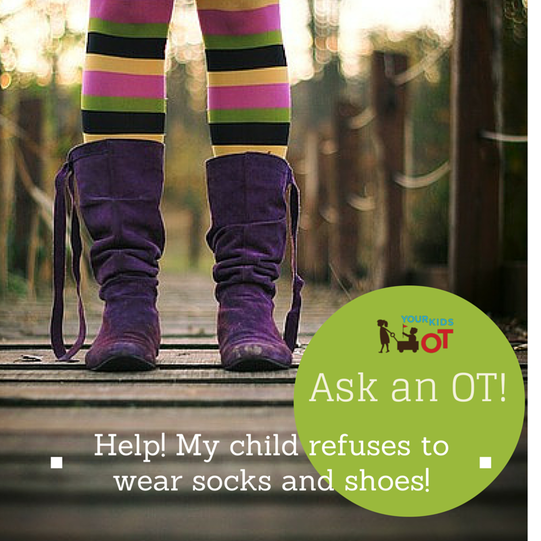



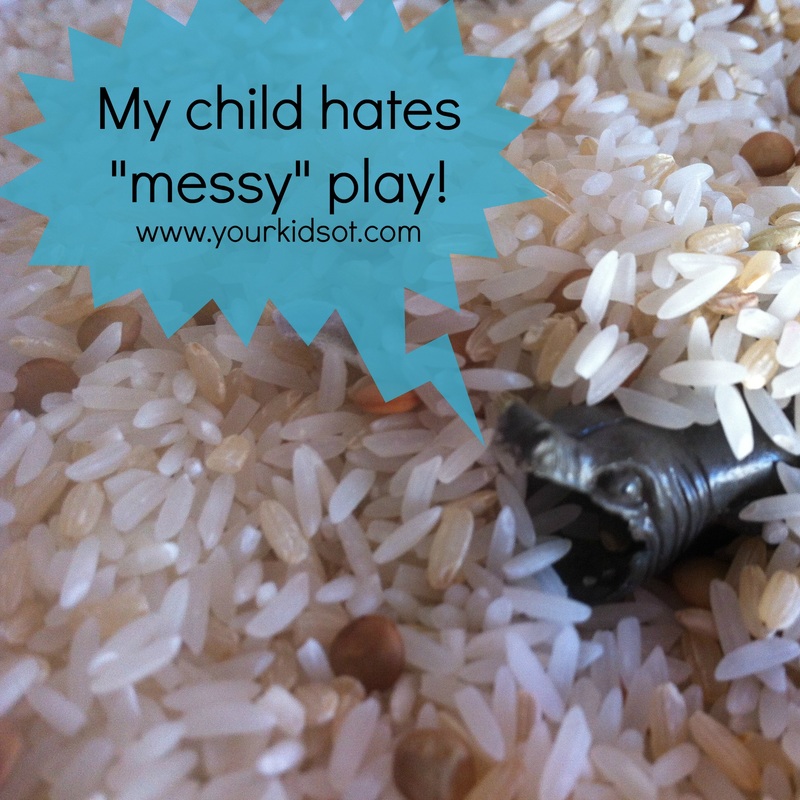
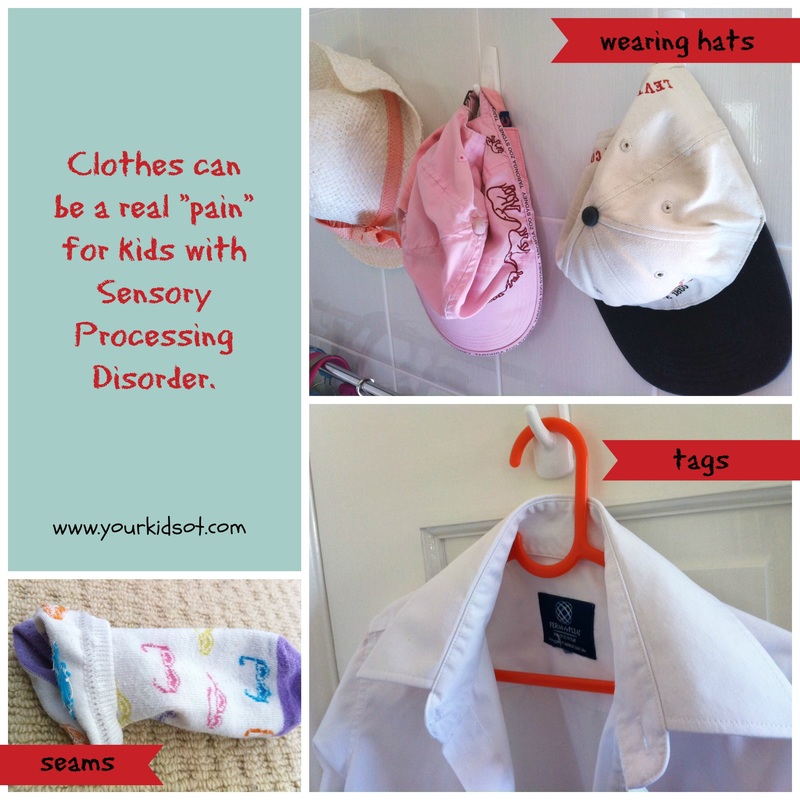
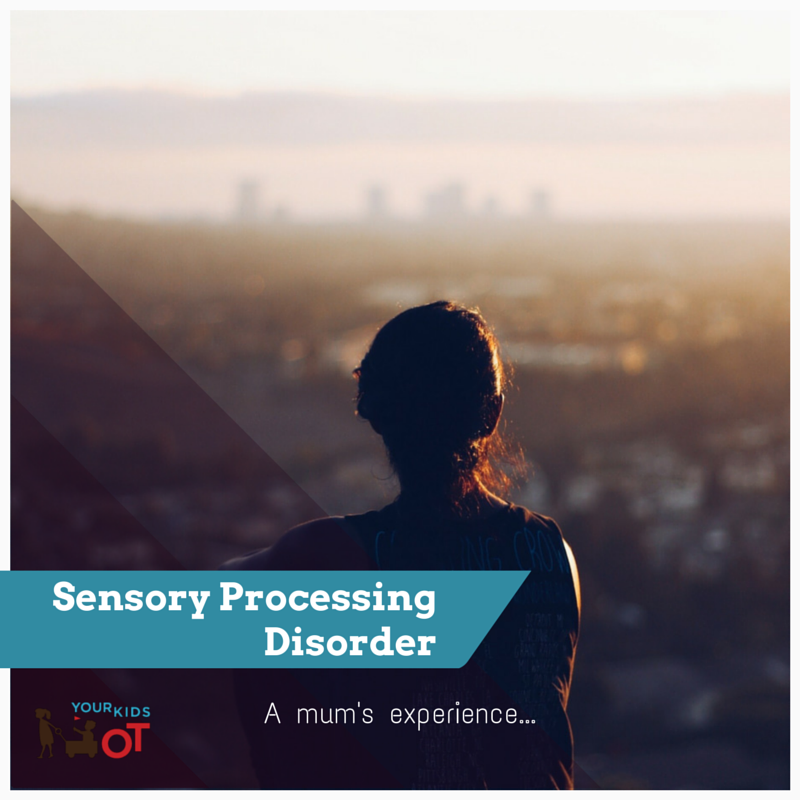
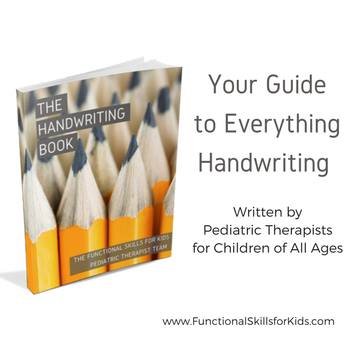
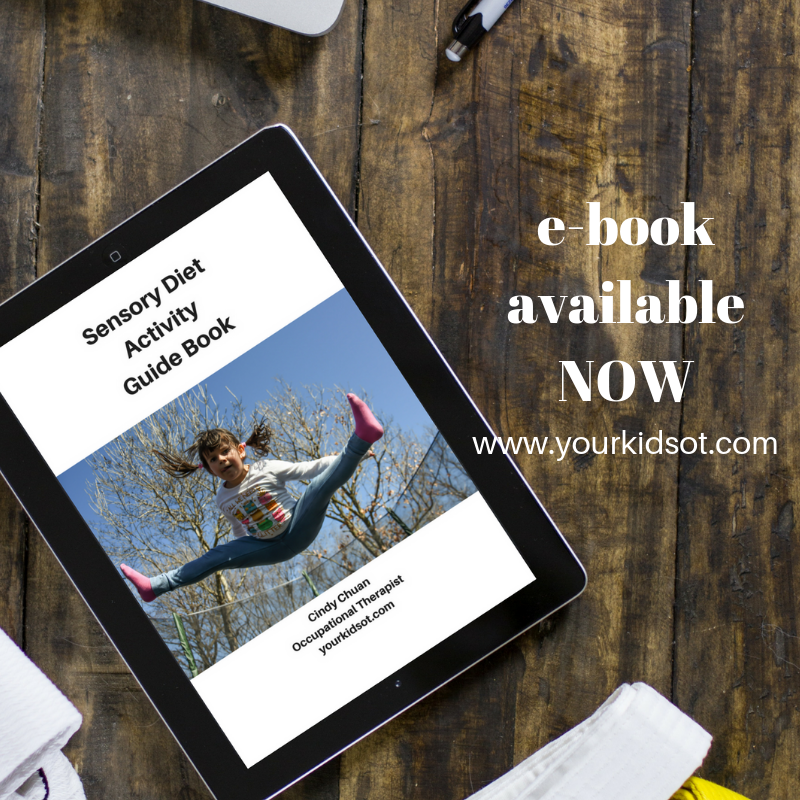
 RSS Feed
RSS Feed
